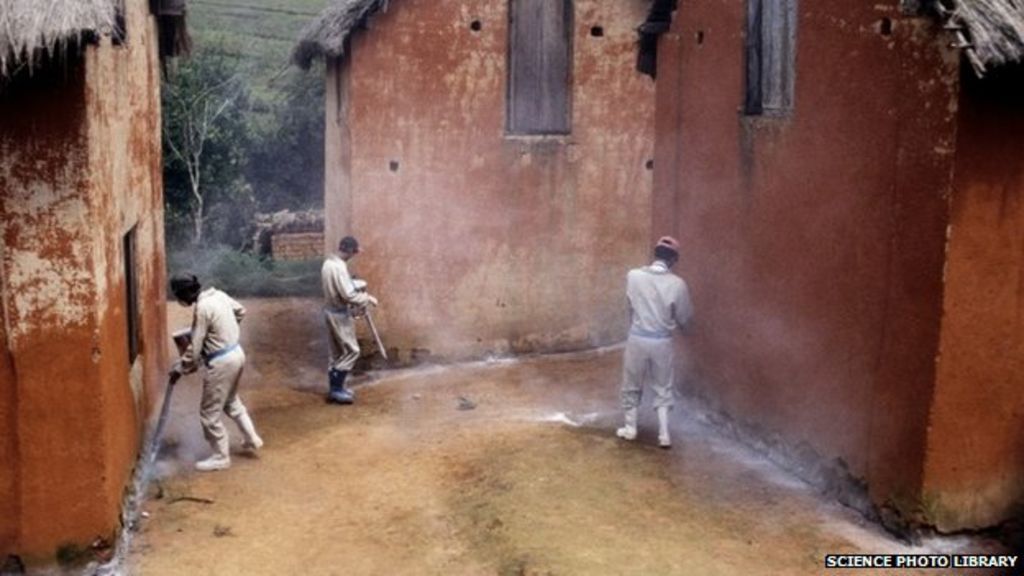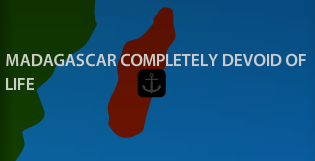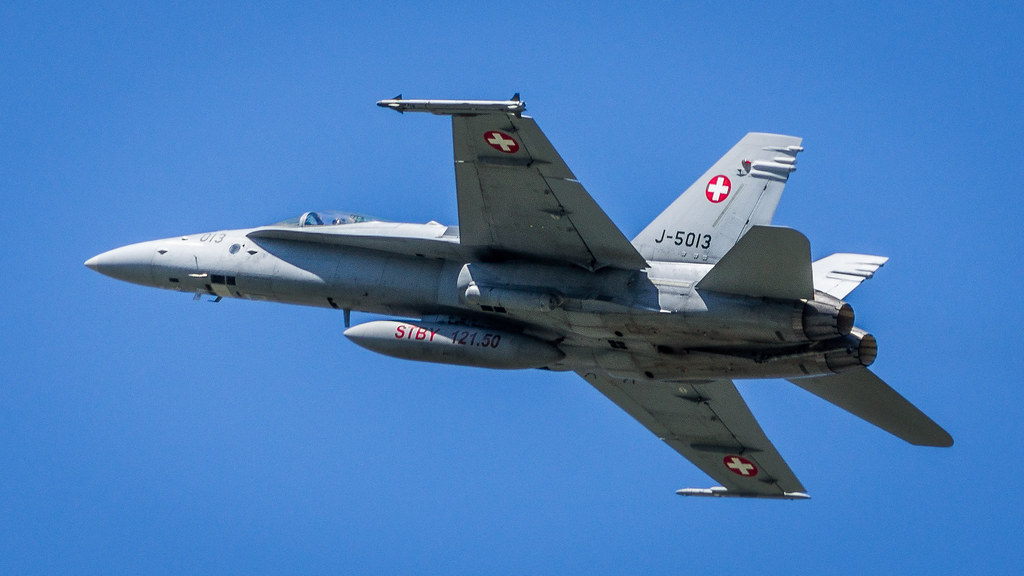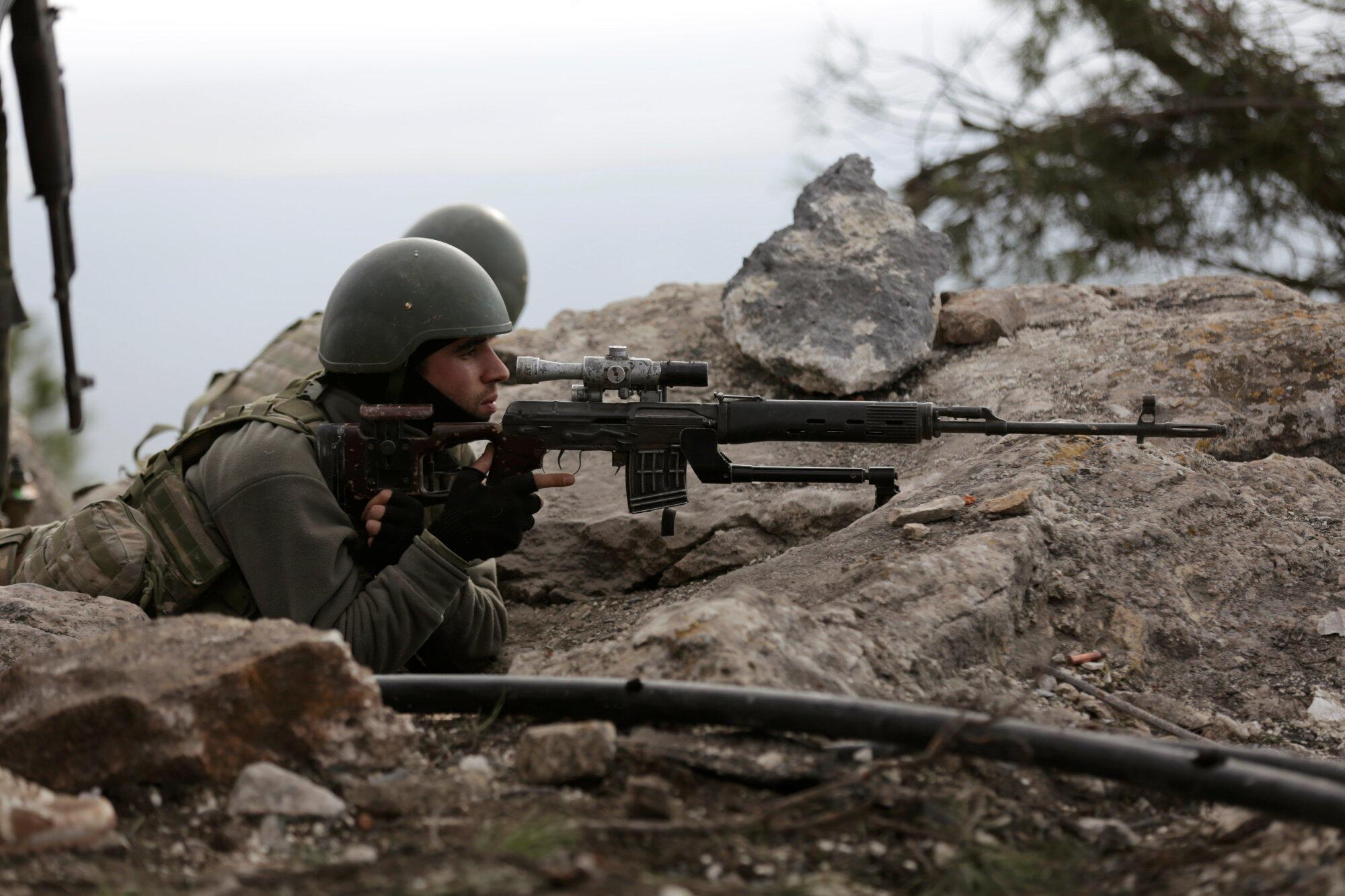@Ukron and I wrote this zombie apocalypse story that is currently ongoing, check it out here: https://www.alternatehistory.com/fo...e-a-collab-tl-by-gillan1220-and-ukron.463309/
You are using an out of date browser. It may not display this or other websites correctly.
You should upgrade or use an alternative browser.
You should upgrade or use an alternative browser.
Photos from World War Z
- Thread starter CJD
- Start date
-
- Tags
- world war z

From left to right:
1.) GYEONGGI PROVINCE, SOUTH KOREA: Flaming car pileup in South Korea during the height of the Great Panic. South Korea was hit particularly hard by the Great Panic and subsequent zombie war, due to the country's extremely high population density (one of the highest in the world pre-war), low rate of firearm ownership (one of the lowest in the world pre-war), and military units being diverted to counter the North Korean threat at the expensive of zombie pacification (a topic of controversy in postwar South Korea). In an inversion of its prewar conditions, postwar South Korea now has a high rate of firearm ownership, a robust civil defense program (due to the unresolved question of North Korea), and a low population density (due to most of its population dying or immigrating as a result of the war).
2.) YUKON TERRITORY, CANADA: Skeletal human remains litter a Canadian mountainside more than a decade after VA Day. During the Great Panic, hundreds of thousands (other estimates place the number in the millions) of refugees from all over the Western Hemisphere fled to the cold climes of northern Canada thinking that its cold winters would protect them from the zombies. Ironically, they were not prepared for surviving the harsh climate and as a result many, if not most of them died from exposure and other ailments before even seeing a zombie (thus during the zombie war, it is estimated that more people in Canada died from natural causes than actual zombie-related reasons [albeit not by much]). Many of the dead's remains still litter the wilderness of northern Canada today, more than 10 years after VA Day, due to scant resources and a lack of interest by the central government in Ottawa in retrieving said bodies.
3.) NORTH WEST PROVINCE, SOUTH AFRICA: Postwar memorial to the RSA's casualties from the zombie conflict in North West Province, South Africa. Each cross represents 1 million dead or missing in the RSA alone. Conservative estimates posit that the RSA lost at least half of its population due to the war, other estimates place that number even higher. The exact number of how many in the RSA died or went missing as a result of the war remains a topic of controversy in the country today, with critics charging Pretoria of under-reporting (or in some cases over-reporting) zombie-related casualties for its own purposes.
Last edited:

A plainclothes UKSF operator (left) breaches a store where zombies were reported while a Kenyan police officer (right) takes cover. OPERATION STONEFERRY, Nairobi, Kenya, c. Early 2013.
(Note: Unlike the U.S. Alpha Teams, Britain declassified its pre-WWZ SF operations after VC-Day.)

OPERATION STONEFERRY
SAS operator with K-9 in Oman following reports of a sporadic zombie outbreak in the capital.

2013-Men spraying disinfectant in Madagascar, due to the instability and political violence, the government collapse and larger cities (Diego Suarez and Antananarivo) were overrun by zeks as local military and militias were useless. only 10 000-20 000 inhabitants found refuge in the central mountains.

Southern Angola-SADF Special Force during the Operation "Moduler II" , a direct reference to Operation "Moduler" during the 1980s when South African Army confronts Marxist UNITA armies in Angola. The Operation "Moduler II" was a vast military operation involving SADF, Angolan armed forces and various local militias in order to clean the angolan central plains.

2013-Men spraying disinfectant in Madagascar, due to the instability and political violence, the government collapse and larger cities (Diego Suarez and Antananarivo) were overrun by zeks as local military and militias were useless. only 10 000-20 000 inhabitants found refuge in the central mountains.
Looks like Madagascar wasn't able to SHUT DOWN EVERYTHING


Looks like Madagascar wasn't able to SHUT DOWN EVERYTHING


Even without Zeks, Madagascar will collapse quickly without International support.

The infecteds were overrunning the streets in Surabaya, Indonesia during the height of the pandemic. Like almost every settlement in Java and later much of western Indonesia, Surabaya fell to the infection after the government failed to contain the outbreaks in Jakarta and Bali.
(Taken from the Malaysian movie KL Zombi (2013))

A group of survivors were preparing their weapons before enganging the infecteds in rural Québec shortly before the Canadian government's evacuation to the main safe zone behind the Rockies. Canada mostly suffered from the indirect effects of the pandemic, such as the Great Panic and devastation of the wilderness by refugees fleeing north, though the infection also killed a sizeable number of people.
(Taken from the movie The Ravenous (2017))

Artist's depiction of the Amalanhig, a Filipino undead vampire/zombie-like creatures that rise from their graves. This term was particularly famous among Hiligaynon survivor communities that faced the Zs in their region.
Amalanhig (also called 'Maranhig' or 'Amaranhig') are creatures in Visayan mythology, particularly among Hiligaynon speaking groups.[1][2][3]Amalanhig are Aswangs who failed to transfer their monstrosity causing them to rise from their graves to kill humans by biting their necks. Another version that has survived through word-of-mouth recounts that Amanlanhigs are said to chase any living person they found and once they reach them, they would tickle the victim until they die, both of laughter and terror. In order to escape from Amanlanhigs, one runs in zigzag direction since they can only walk in straight direction due to the stiffness of their body. One would also climb trees or high platforms enough to be out of their reach. One would also run into lakes and rivers since Amanlanhigs are scared of deep bodies of water.
The Amalanhig are depicted as externally identical to humans, though there is an enlargement of the upper canines in most individuals. The Amalanhig is a variant of the vampire native to the Philippines.
During World War Z in the Philippines, there were many terms for the undead: Bangkay (Tagalog for dead body), Patay (Bisaya for dead), Aswang (Also a term for a Filipino vampire), and mga patay-na-buhi (dead that came back to life)

Two Filipino children running away from Chinese refugee zombies that invaded their village in rural Zambales. (From the Filipino-indie zombie film The Grave Bandits)

Entrance to the famous Cheyenne Mountain Complex nuclear bunker which serves as the headquarters of NORAD located near Colorado Springs. Built to withstand all but a direct nuclear attack during the Cold War, the Cheyenne Mountain Complex continued to be in operation much throughout the war as the zombies were unable to enter the isolated area. Reinforcements from nearby Fort Colins guarded the complex throughout the war.
NORAD was able to monitor the rogue Chinese nuclear missile attack launched from the Arctic circle that destroyed the CCP's leadership bunker. It is also monitored the Iran-Pakistan nuclear FUBAR.

Kiosks and stalls at a market were set ablaze during the Great Panic in Mombasa, Kenya.

Members of the Wojska Lądowe (Polish Land Forces) were enganging the infecteds somewhere in a rural area in eastern Poland. Due to its geographical location, Poland not only has to deal with their own internal outbreaks, but also with large masses of infecteds coming from the more densely populated nations in Western Europe.
Share:






